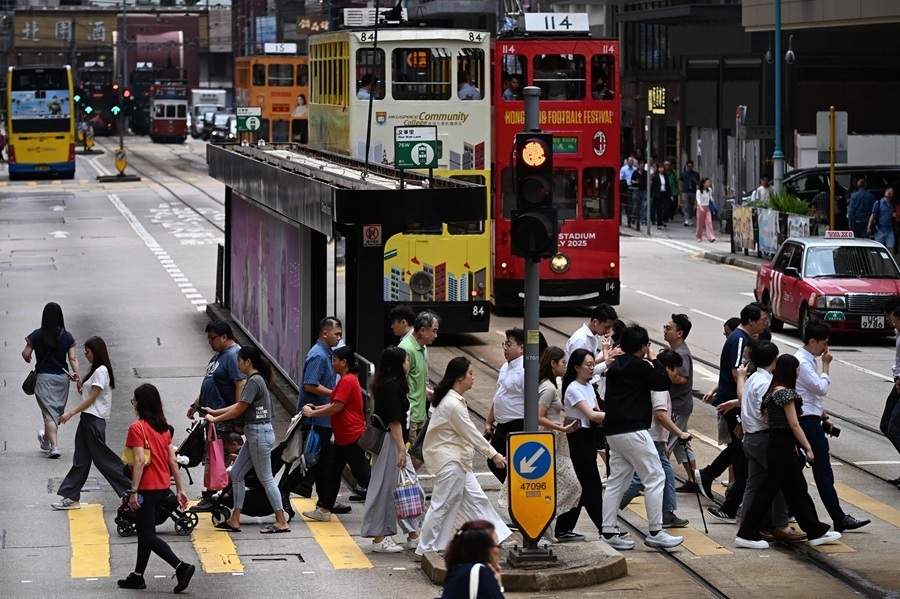India could drive the next big change in the global economy, just as China did
India holds the prospect of driving the biggest change in the global economy in the next quarter century just as China did in the previous one, says economic professor Arvind Panagariya. India has several factors in its favour, but it must also push ahead with its reform agenda and open its economy wider to friendly countries through free trade agreements to make the best of its time in the sun.
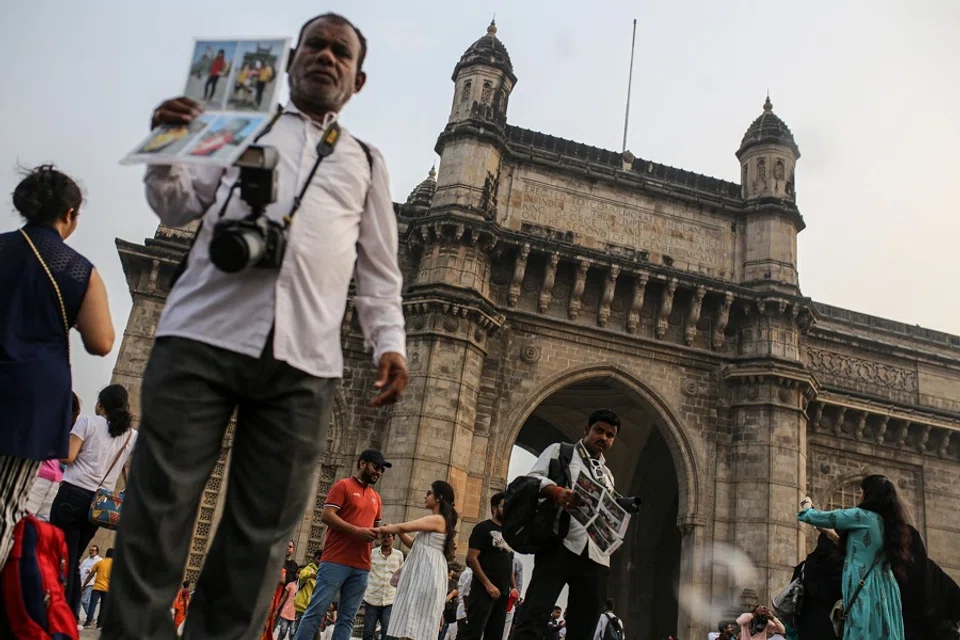
Having grown 6% in 2021, the global economy has seen the growth rate drop to 3% in 2022. For 2023, the International Monetary Fund predicts a further decline in this rate to 2.7%. The only major economy in the world not to suffer this sharp decline in the growth rate is India. The official advance estimate of Gross Domestic Product (GDP) for the fiscal year ending on 31 March 2023, places the country's growth rate at 7%.
A key reason why India has escaped the post-Covid-19 onslaught on its economy is that it wisely avoided the excesses of other countries, especially developed ones, at the height of the pandemic. Rather than resort to massive across-the-board income transfers, it opted for relatively modest fiscal expansion targeted at protecting the poor and vulnerable. It also introduced some important economic reforms during the pandemic thereby living up to the maxim that every crisis is an opportunity. As a result, its recovery from Covid-19 induced economic decline was quick and robust. Though the GDP fell 6.6% in the fiscal year 2020-21, it quickly recovered, growing 8.7% in 2021-22.
... by 2028-29, two out of the three largest economies of the world may be developing countries and three out of the top four in Asia.
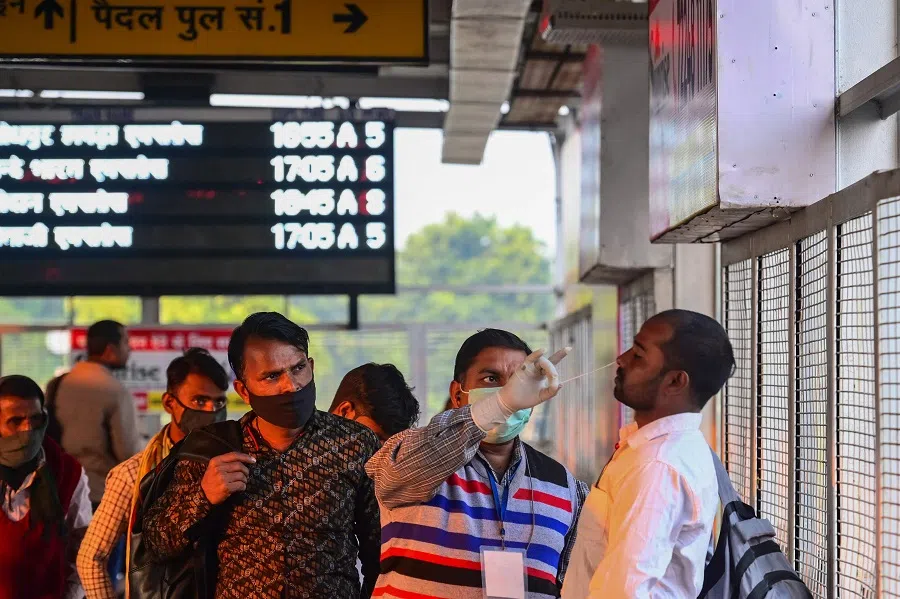
With its GDP reaching approximately US$3.4 trillion in 2022, India has replaced the UK as the fifth largest economy in the world. During the six years preceding Covid-19, the country grew at an average annual rate of 7.4% in current dollars. If it can maintain the same growth rate over the next six years, which is entirely plausible in view of the reforms and massive infrastructure build-up in recent years, its GDP will cross the five-trillion-dollar mark.
Depending on how the Japanese economy performs during these six years, this growth could make India the third largest economy in the world. Therefore, by 2028-29, two out of the three largest economies of the world may be developing countries and three out of the top four in Asia. Both the global economy and geopolitics are poised to shift in a big way towards Asia.
Can India catch up to China?
Against this backdrop, two critical questions concerning India are: can it catch up with China economically and can it become the world's manufacturing hub in the next quarter century?
With China's GDP standing at almost US$18 trillion in 2022, a vast gap already exists between the GDP levels of the two countries. Moreover, with its per-capita GDP still less than one-fifth that of the US, China retains good prospects of 3 to 5% annual growth in the coming decades. These two facts mean that it is unrealistic to expect that short of something catastrophic happening to the Chinese economy, India can catch up with China in GDP terms in the foreseeable future.
India holds the prospect of driving the biggest change in the global economy in the next quarter century just as China did in the previous one.
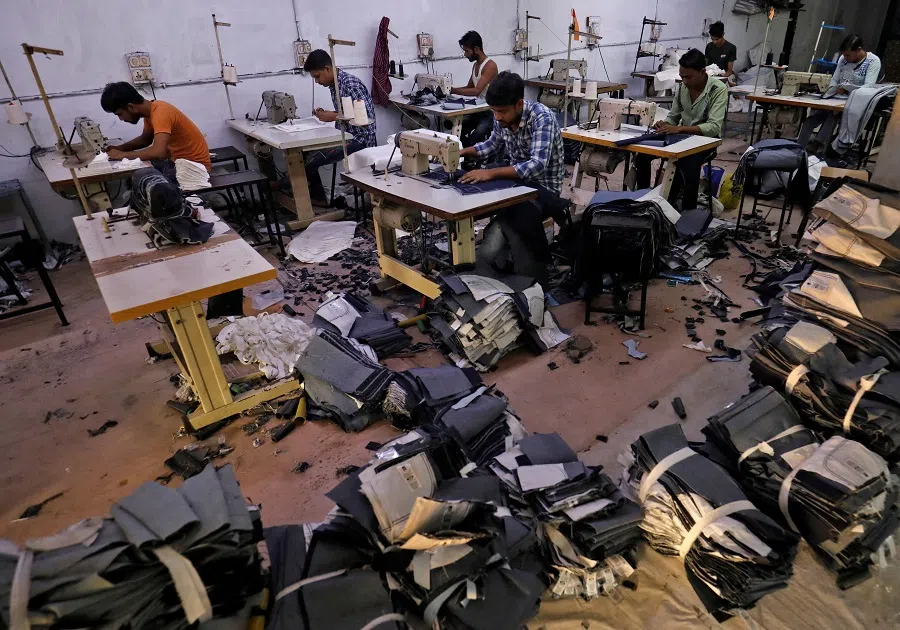
But this observation should hardly distract us from the fact that India holds the prospect of driving the biggest change in the global economy in the next quarter century just as China did in the previous one. Beginning in the 1980s, developed countries gradually ceded space in manufacturing, especially in labour-intensive products such as apparel, footwear, textiles and other items of daily use, to China. Today, these products have virtually disappeared from the production baskets of those countries. As per-capita incomes and wages continue to rise in China in the next quarter century, it too will vacate the space in many of these products. No country in the world is better placed than India to claim this space.
India well-placed to fill a void
Factors favouring this case for India are many. Hardly any other country has the kind of large and young workforce necessary to take the mantle of manufacturing from China. With its per-capita income a tiny fraction of that of the developed countries, India has a vast scope for productivity growth through the exploitation of existing technologies. A hefty 45% of its workforce is still in agriculture and the workforce in industry and services remains significantly underemployed.

India has also been rapidly building its infrastructure in recent years. Its digital infrastructure, much of it built in the last decade, is among the most efficient in the world. And it has introduced numerous fundamental reforms recently including a state-of-the-art bankruptcy law, a nationwide single tax on goods and services, a highly competitive corporate profit tax and a highly open foreign-investment regime. The full benefits of these reforms remain to be realised.
... a better strategy than trade sanctions for India is to open the economy wider to friendly countries through free trade agreements such as those it has concluded recently with Australia and the United Arab Emirates...
Pitfalls to look out for
But there are also forces militating in the opposite direction that would require careful navigation. Given its large bilateral trade deficit and a major border dispute with China, many in India have been calling for the imposition of trade sanctions on the latter. Any hasty response along these lines can potentially derail India's economy without inflicting a major injury on China.
Although merchandise imports from China account for 15% of India's total merchandise imports, they constitute less than 3% of China's total exports. Moreover, as an importer of certain critical inputs from China, India is vulnerable to retaliatory actions by China.
Therefore, a better strategy than trade sanctions for India is to open the economy wider to friendly countries through free trade agreements such as those it has concluded recently with Australia and the United Arab Emirates, and those under negotiation with the UK and the European Union. It should also take advantage of the door opened recently by the US to reconfigure the supply chains through "friendshoring" under the auspices of the Indo-Pacific Economic Framework.
Ultimately, transformation is all about moving the workforce substantially out of agriculture into industry and services; such a transformation is not possible without greater urbanisation.
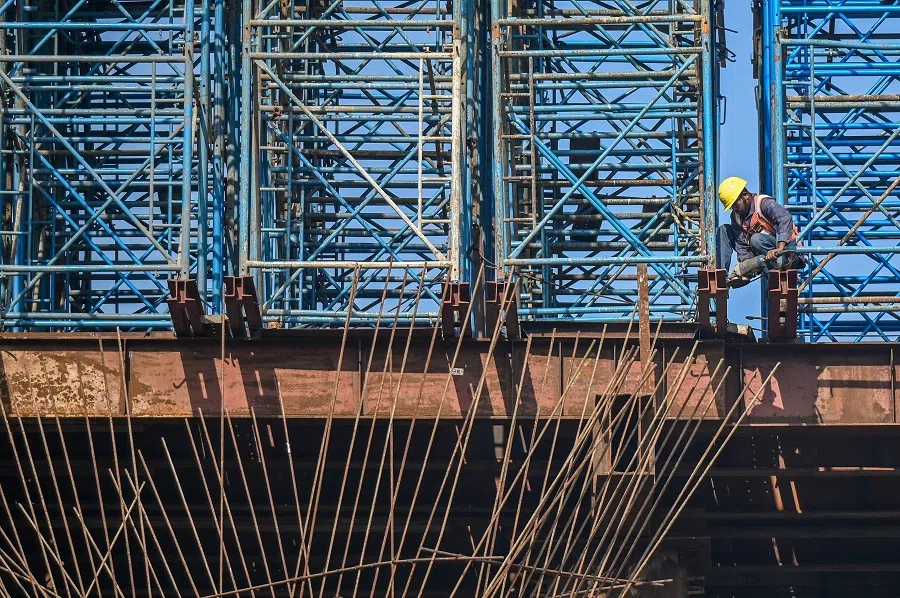
Finally, India will need to continue with the reform agenda which includes trade liberalisation, simplification of personal income taxation, implementation of the four labour codes recently enacted by the parliament, making land markets more flexible, enactment of modern higher education law, privatisation of publicly owned banks and public-sector undertakings and fiscal consolidation with the view to bringing the debt-to-GDP ratio down to 70% from 85% in five years.
The country must also build more cities and modernise the existing ones. Ultimately, transformation is all about moving the workforce substantially out of agriculture into industry and services; such a transformation is not possible without greater urbanisation.
Related: India's G20 presidency: Can China and India cooperate to create an 'Asian moment'? | With China's increasing assertiveness, India's active role in the Indian Ocean matters more than ever | Quad now centrepiece in India's China strategy | China in the Gulf: India overmatched but undaunted | India's choice: Pro-US, pro-China or stay autonomous?




